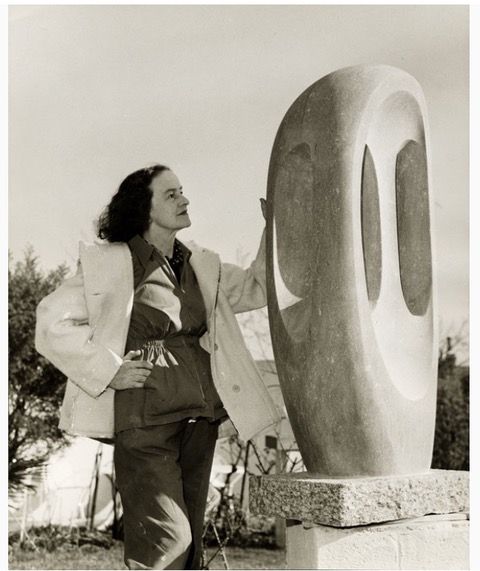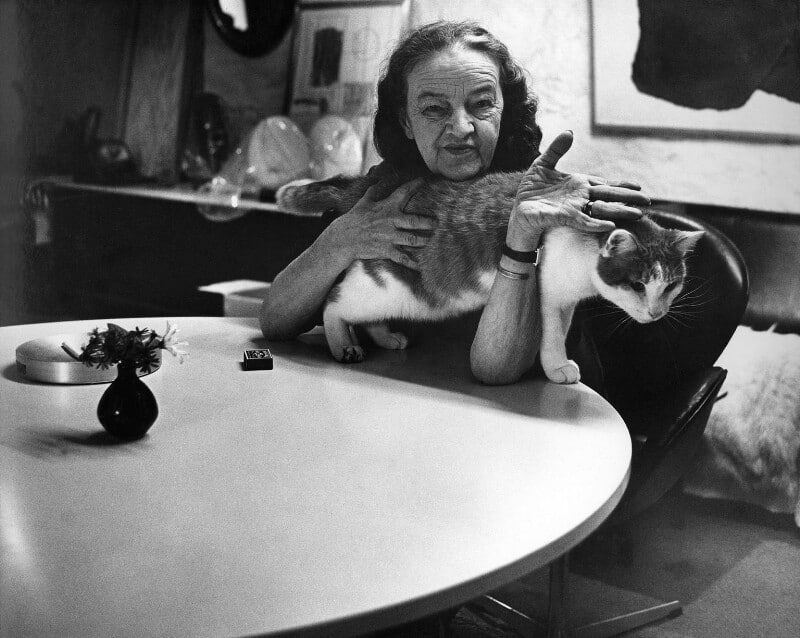
1903 - 1975
Barbara Hepworth
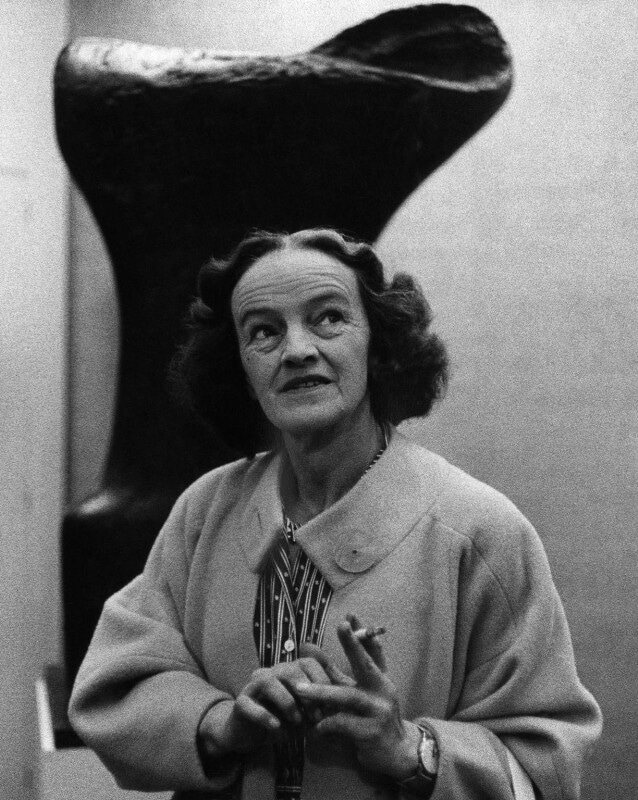
description
A famous English sculptor, one of the most prominent people in the art of Great Britain of the 20th century. Barbara Hepworth worked in those times when female artists, especially sculptors, were rare. Along with her contemporaries Ben Nicholson and Henry Moore, she considerably influenced the development of British art in general and abstract sculpture.
Hepworth’s favourite materials were wood and stone, from which she created biomorphic abstract compositions using the cutting technique. The artist developed the principle of “hollow form” and for the first time created a through sculpture, which is widely used by many sculptors of our time. Hepworth coordinated her extraordinary and mysterious images with the surrounding space and gave them a resemblance to natural forms and lines. The sculptor’s work is characterized by a special rhythm characteristic of the laws of nature itself.
Together with her husband Ben Nicholson, Barbara Hepworth was the leader of the St. Ives Artists’ Colony, where she lived from the beginning of World War II until her death. She was also one of the founders of the Unit One art movement, whose participants were avant-garde artists and sculptors, and which managed to combine Surrealism and Abstractionism in British art.
Key ideas:
– The sculptures of the artist are three-dimensional abstractions. In her work, Barbara Hepworth combined large non-representative forms and organic elements, thus creating a unique combination of surrealism and abstract art. Compared to her later works, the sculptor’s early creations are almost completely abstract.
– Proximity to nature is a characteristic feature of the work of the British artist. Despite the fact that strict lines prevail in the sculptures, they are based on soft natural forms that fit into the surrounding landscape very lively and harmoniously. Hepworth paid special attention to the texture of her sculptures, carefully working out the surface to achieve a particular effect.
– Hepworth first began to use hollow forms, leaving indentations and through holes in her sculptures. This feature made it possible to make the work more refined and unusual in form, lighter and more elegant. This technique became widespread among sculptors around the world. Her friend Henry Moore was the first to use it.
– The favorite material of the sculptor was stone, from which she created her works by carving. In the second half of his creative career, Hepworth gave preference to bronze sculptures, which were cast in forms carved from plaster. Sometimes metal strings appear in the artist’s compositions. They play the role of a unifying element, supporting the composition, making it weightless, transparent, and at the same time more rigorous graphically.
1903
1924
1927
1931
1939
1953
1970
1975
Barbara Hepworth was born into the family of an engineer
Graduated from the Royal College of Art in London
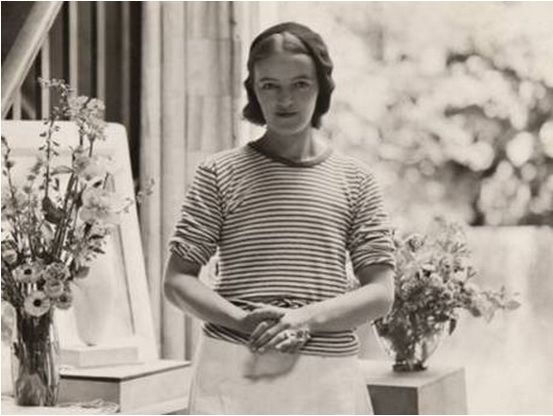
She with her husband organized the exhibition of their creations
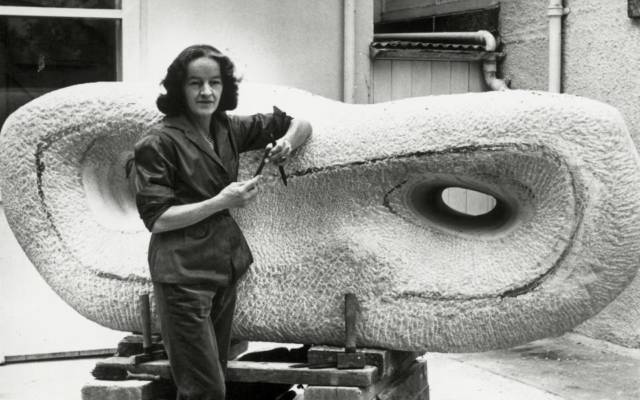
Met abstract artist Ben Nicholson
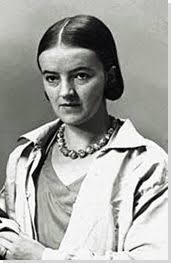
Settled in the small village of St. Ives in Cornwall
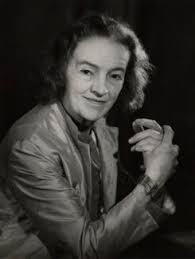
The artist began to create larger sculptural compositions
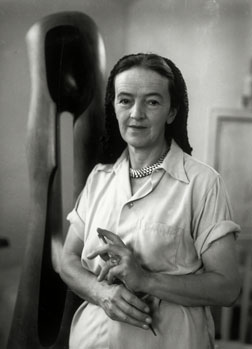
The sculptures of Barbara Hepworth gained immense popularity
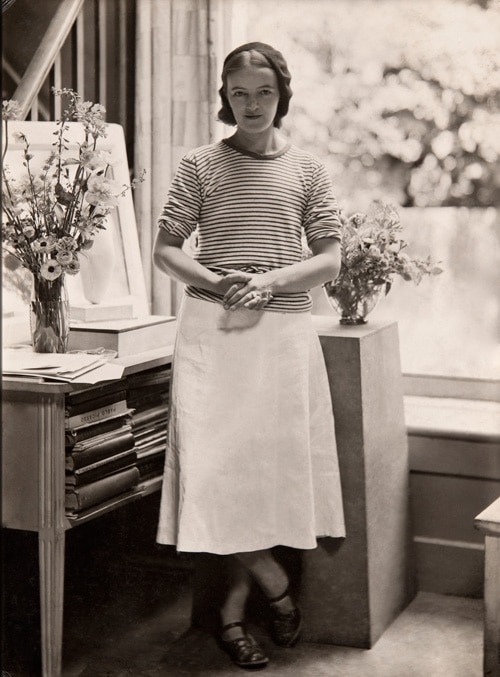
The death of the artist
